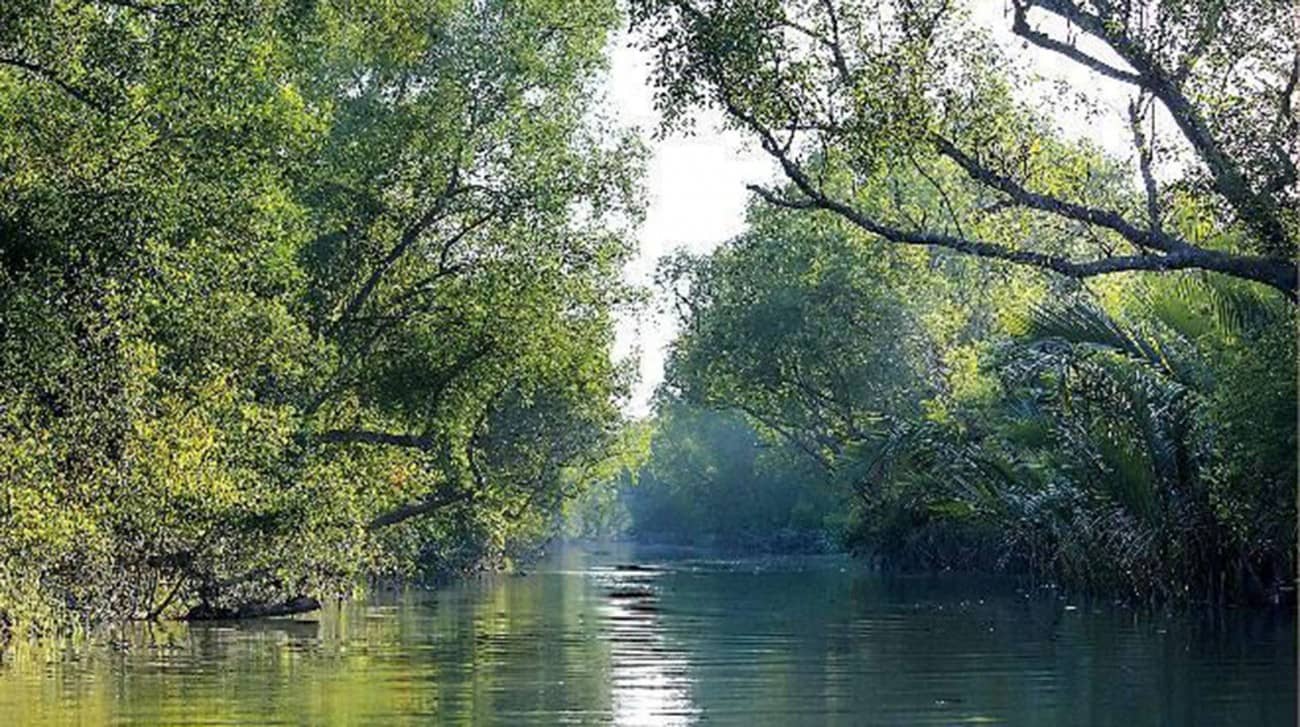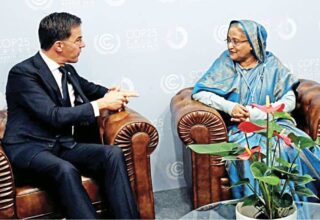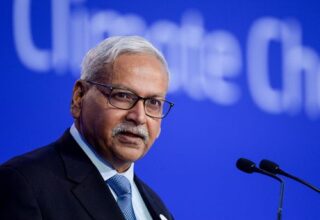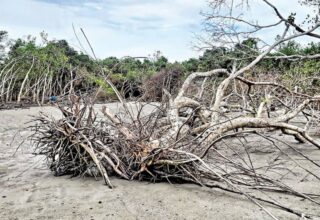
As the Padma Bridge nears completion, the south western region of Bangladesh is poised for greater development as the bridge will connect it to Dhaka. The south western region of Bangladesh also contains the Sundarbans mangrove forest, which is the biggest mangrove forest in the world and is a World Heritage Site. Hence, our responsibility to protect the Sundarbans is not just for ourselves but for all of mankind.
However, if the region is allowed to develop through haphazard and uncontrolled setting up of factories and polluting companies around the outskirts of the Sundarbans, that will inevitably lead to its decline. This is indeed where we are headed if suitable policies and actions are not taken quickly. Once the polluting industries are established, it will be almost impossible to get rid of them.
Hence, we need to think of ways to encourage environment and eco-friendly industries and commerce while discouraging bad industries.
One way to encourage such eco-friendly industries would be by providing them with finance at a low interest rate through the development of a Sundarbans Green Bond of say, USD two billion which could be raised from the global investment world.
Although I am not an investment expert, I have been looking at this option and talking to some national as well as international experts who have supported the idea.
I will try to outline the basic elements of how it might work. Let me start by saying that there is a global investment world with trillions of dollars available to invest in good quality sovereign or Green Bonds which Bangladesh has not yet tapped into. As Bangladesh graduates out of the Least Developed Country (LDC) status soon, we should look at tapping into this global investment world.
Recently, Indonesia launched a Green Sukkuk Bond that raised more than a billion USD to promote both green as well as halal industries and commercial activities. Both green as well as Islamic Sukkuk investments require the adoption of a negative list of industries that are not allowed, such as the production of alcohol, guns, and other polluting industries, while at the same time, having a positive list of non-polluting and eco-friendly industries, which are allowed to get access to loans on competitive terms.
Bangladesh Bank has offered low interest rate loans to commercial banks to support a positive list of industries in Bangladesh, so there is some familiarity with this idea already in the country. However, these opportunities have only been taken up by a relatively small number of commercial banks.
Therefore, what would be required for the launching of a successful Green Bond would be for a significant number of public as well as private banks in Bangladesh to join forces and with the support of the Bangladesh Bank in designing such a Green Bond. To make it attractive to global investors, the bond should have both an assured revenue generating stream to repay investors and, at the same time, also invest in genuinely green activities.
My proposal, therefore, is that we try to design a Green Bond called the Sundarbans Green Bond, which would be invested in eco-friendly industries that are developed in the south western region of Bangladesh around the world’s largest mangrove forest—such as eco-tourism and other non-polluting industries. This would not only have the benefit of protecting a World Heritage Site, but would also generate a stream of profit and revenue with which the bond holders could be repaid.
However, for this to succeed, there also has to be policy support to prevent polluting industries from being established in the region. Without a negative list of industries, it may not be possible to prevent them from going ahead. This should be possible by enforcing the provision of the Ecological Protected sites law that already exists but is seldom implemented.
An additional aspect of the types of investment that can be encouraged would be ones that enhance resilience to the negative impacts of climate change in that region, which is already suffering from salinity intrusion. Hence, investment in saline tolerant agriculture and aquaculture as well as in provision of clean drinking water would all qualify as being green investments, while also helping the local population to adapt to the adverse impacts of climate change.
It is, of course, not going to be easy to pull off such a major new kind of investment instrument, but it seems to be something worth looking at.
Originally this article was published on March 10, 2021 at Daily Star. The author Prof. Saleemul Huq is the director of the International Centre for Climate Change and Development (ICCCAD) at the Independent University, Bangladesh (IUB).
Email: saleemul.huq@icccad.org






